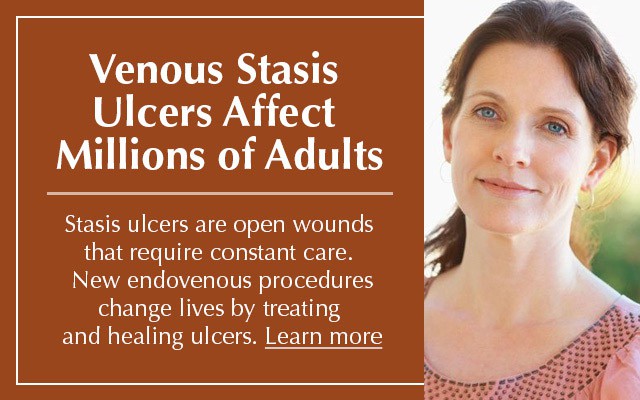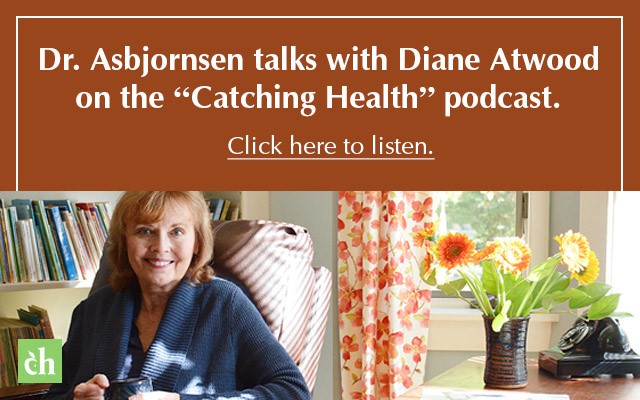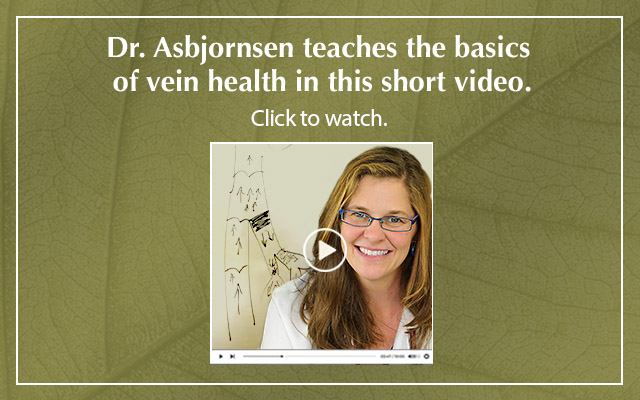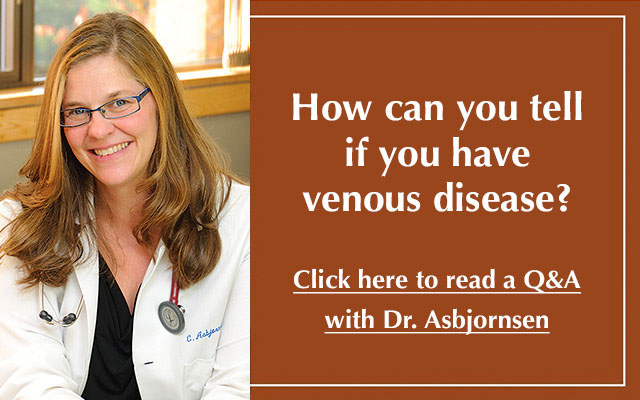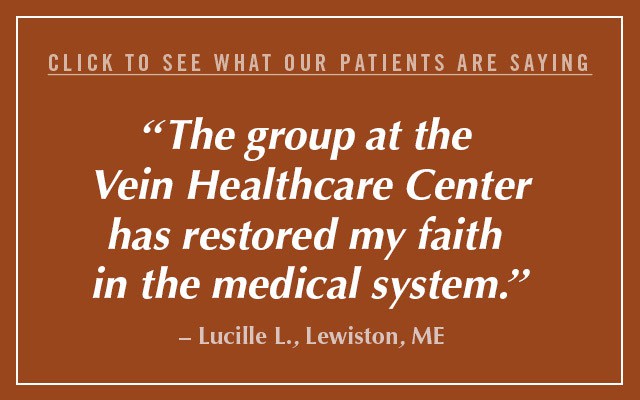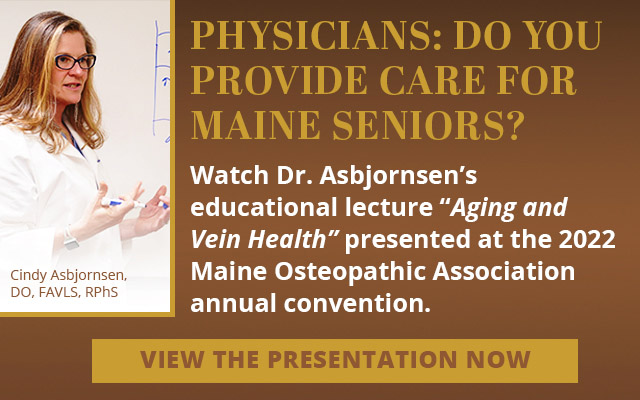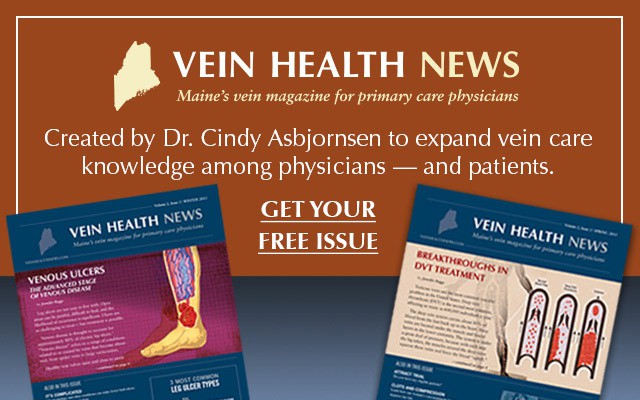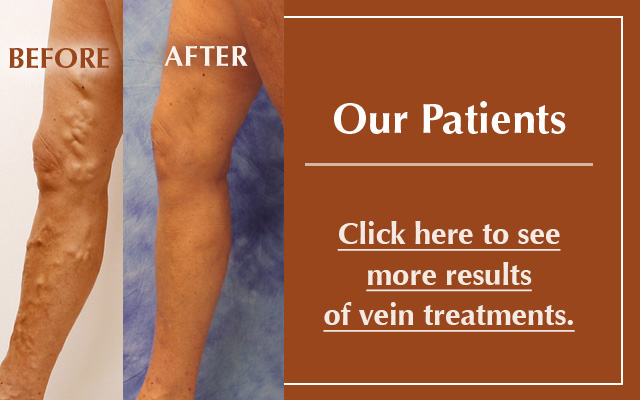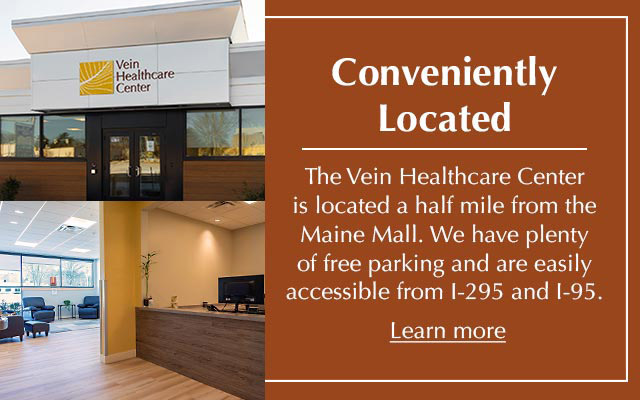Conservative Treatments
At the Vein Healthcare Center, we support the minimum intervention that will meet the patient's goals for treatment. There are several options for conservative treatment of venous symptoms, and patients are encouraged to follow the treatment path they feel is right for them. For those opting for conservation treatment, we are committed to providing support, education, and continued observation at the patient's discretion.
Compression Therapy
The recommended form of compression therapy is the use of graduated compression stockings. Compression stockings can offer an alternative to the above procedures in treating varicose veins. They can be effective in relieving symptoms of venous disease, stopping its progression, and decreasing the likelihood of a clot. They also provide an alternative for patients who prefer not to opt for other treatments. The drawback to compression therapy is that stockings must be worn daily.
Compression stockings can be acquired with a prescription. They provide gradient pressure on the leg, which reduces the pooling of blood. Stockings may take some initial adjustment, but they can be worn for years as a long-term solution to manage symptoms of venous disease. They can also be used in the short term to reduce the likelihood of a clot during long periods of sitting, such as on a long plane ride. A specialist can help ease the transition to the use of compression stockings and will continue to monitor symptoms during their use.
In more severe cases, or in cases of edema or ulcers, bandages may be used as a form of compression therapy.
Elevation
In some cases, elevation of the legs can alleviate the pain or swelling that is the result of early stage venous disease. Elevation of the legs above the heart for a period of three minutes, usually in the morning and several times throughout the course of the day, can encourage blood flow from the legs and decrease the pooling of blood. A specialist can guide patients on the most effective elevation techniques.
Exercises
Exercising the feet, toes, and ankles is recommended to help reduce symptoms and prevent the onset of venous disease and its progression. Tapping the toes and flexing the feet several times a day, for example, can help blood move up into the legs. This is particularly recommended to those who sit and stand for long periods.
Medication
Medication may be an option for those with venous symptoms. Ibuprofen, creams, and other non-steroidal, anti-inflammatory medications may be recommended; other medications may be prescribed depending on the severity of the symptoms. A specialist can guide you on proper use of medications.
Prevention
Because venous disease has a strong genetic component, prevention can help those with a family history to avoid clots and ward off symptoms.
Maintaining a healthy weight and exercising regularly is an important part of maintaining vein health. Because smoking hinders circulation, quitting is an important part of prevention as well. Regular movement to prevent long periods of sitting or stagnancy is also recommended. At the Vein Healthcare Center, we assess an individual's risks for venous disease and help them develop a prevention plan that is right for them.
Visit the American College of Phlebology to understand more about venous disease, its symptoms, and its treatment.
Learn about your options. If you are experiencing leg discomfort or ulcers, or if you are interested in stopping the progression of varicose veins, the Vein Healthcare Center provides services for patients in Maine, New England, and surrounding communities. Dr. Cindy Asbjornsen is a certified phlebologist who provides complete medical care for your symptoms using the very best of today's treatment options.
Contact us at 207-221-7799, or visit us at our South Portland, Maine location.
At the Vein Healthcare Center, we support the minimum intervention that will meet the patient's goals for treatment. There are several options for conservative treatment of venous symptoms, and patients are encouraged to follow the treatment path they feel is right for them. Contact VHC at 207-221-7799 to schedule an appointment at our South Portland Maine location.













